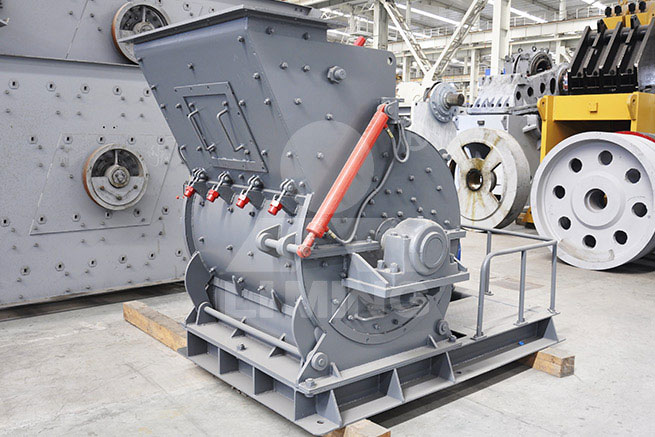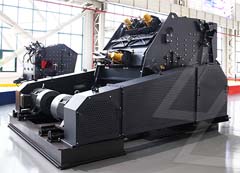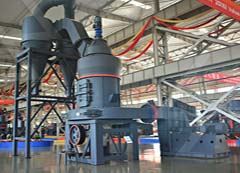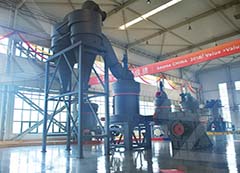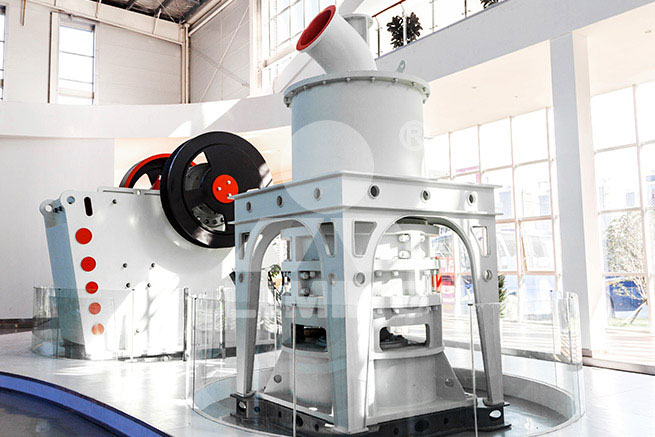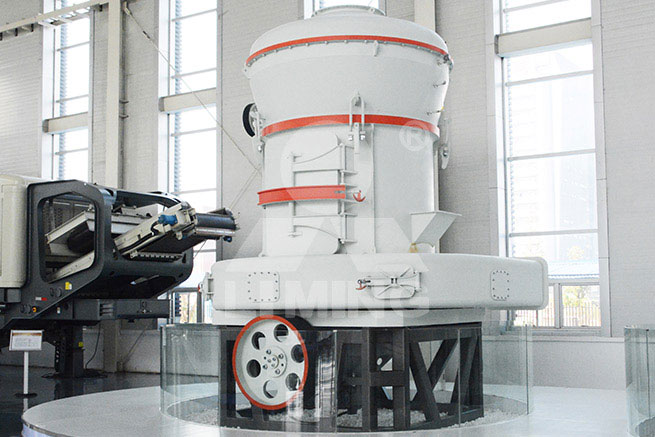how is sand used in coal processing

how is sand used in coal processing - uniekebruidstaarten.nl
An aqueous solution as a dense medium is used in coal processing in the form of a belknap wash and suspensions in air are used in water-deficient areas, like areas of China, where sand is used to separate coal from the gangue minerals. Gravity separation is also called relative gravity separation as it separates particles ...
Read More

The Green Sand Process :: Vulcan Engineering Co.
A coal dust (known as Sea Coal) is added to control casting quality during expansion of the sand when hot metals are poured into the molds. Other additives, such as pitch, cellulose and silica flour, are also used. The additive used
Read More
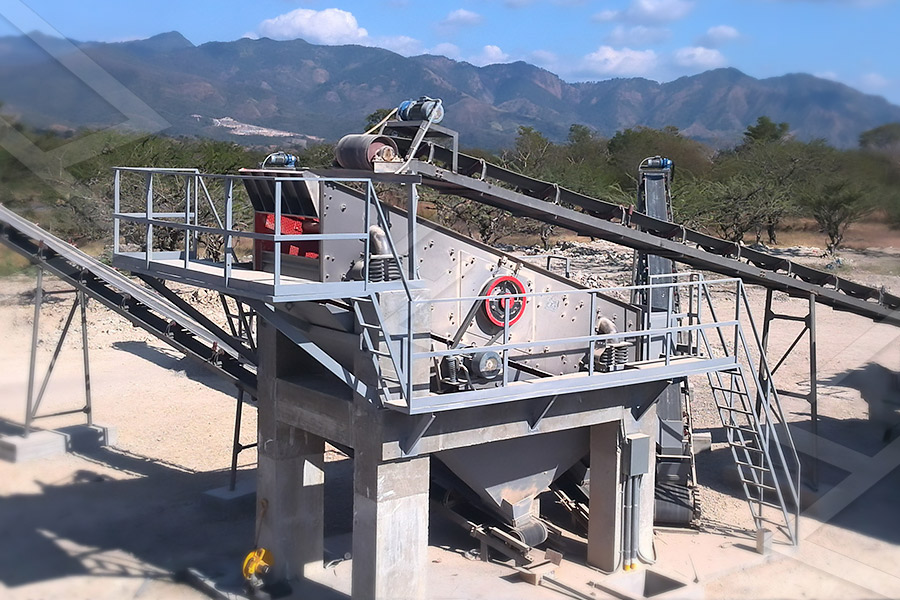
6 things you need to know about sand mining - Mining ...
Sand is also the most consumed substance after water, being used in virtually every construction or manufacturing process, even used as an ingredient in toothpaste. Globally our annual aggregate consumption is somewhere around 53 billion tonnes – the equivalent to every person on earth using 20kg of sand every single day.
Read More

Coal Dust And The Metal Casting Process | African Pegmatite
A popular technique used in sand casting is green sand. It is a mixture of silica sand, chromite or zircon sand, bentonite, water, inert sludge, and coal dust produced from the pulverization of coal.. The use of coal dust is typically in the form of anthracite - a higher quality coal.
Read More

Molding Sand: Constituents, Types and Properties ...
2.1 Backing sand or floor sand. Backing sand or floor sand is used to back up the facing sand and is used to fill the whole volume of the molding flask. Backing sand is sometimes called black sand because of old, repeatedly used molding sand is black in color due to addition of coal dust and burning on coming in contact with the molten metal.
Read More

4 Coal Mining and Processing | Coal: Research and ...
2 天前 · The U.S. coal industry serves a vital role in the nation’s economy by producing fuel for more than half of its electricity. Despite the industry’s importance, industry financial data for 2005—the strongest year for the coal industry in recent years—shows that it is a relatively small industry with revenues totaling $20 billion to $25 billion and net income between $1 billion and
Read More
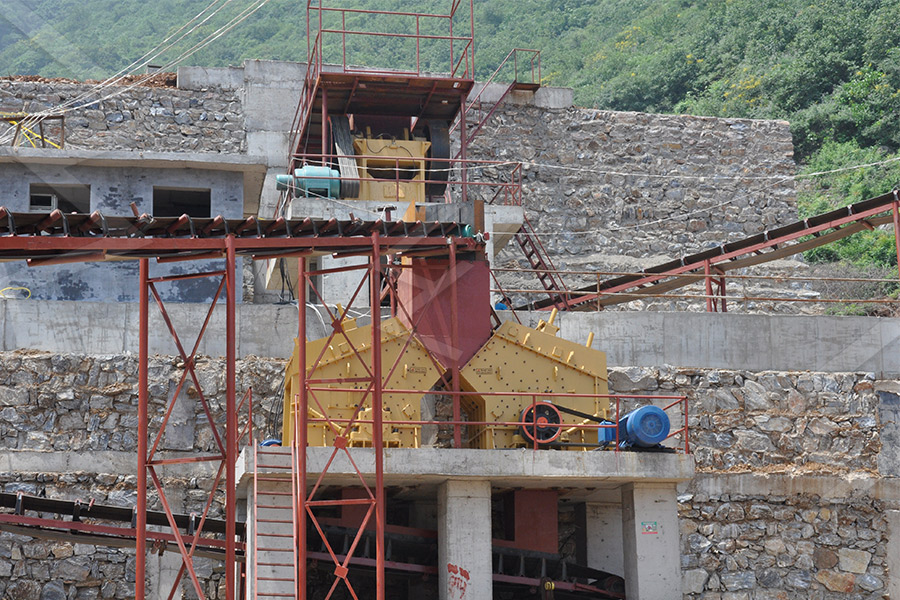
Sand Casting | Metal Casting Resources
Sand casting is one of the few available processes for metals with high melting temperatures such as steels, nickel, and titanium. Because of its flexibility, heat resistance, and relatively low cost, sand casting is the most widely used casting process. Castings are produced by pouring liquid metal into a mold cavity.
Read More

Heavy Media Separation Process
2016-5-22 · Sink and Float separation process. One of the first commercial applications of a medium to effect a sink-float separation used a fine silica sand suspension for treating anthracite coal and is known as the “Chance” process. The method used for cleaning the medium is decantation which limits the minimum grain size of the solid in the suspension.
Read More

Coal washing | Coal preparation | Coal washing plant pcocess
2019-4-10 · Clean coal is an energy that can generally be used as fuel, the fine coal of bituminous coal is generally used for coking. The main reasons of washing coal are as bellow: 1. Improve coal quality and reduce emissions of coal-fired pollutants. Coal washing can remove 50%-80% of ash and 30%-40% of total sulfur (or 60%~80% of inorganic sulfur) in coal.
Read More

Coal Dust Main Applications and Uses | African Pegmatite
Additionally, coal dust is used as a component in refractory bricks and refractory linings. Coal dust is one of many high performance products available through African Pegmatite, a leading supplier and processor of minerals and refractory materials. Reference. 1 F. Vernilli et al., Ironmaking and Steelmaking, 2005, 32, 459.
Read More

The Green Sand Process :: Vulcan Engineering Co.
A coal dust (known as Sea Coal) is added to control casting quality during expansion of the sand when hot metals are poured into the molds. Other additives, such as pitch, cellulose and silica flour, are also used. The additive used
Read More

Molding Sand: Constituents, Types and Properties ...
2.1 Backing sand or floor sand. Backing sand or floor sand is used to back up the facing sand and is used to fill the whole volume of the molding flask. Backing sand is sometimes called black sand because of old, repeatedly used molding sand is black in color due to addition of coal dust and burning on coming in contact with the molten metal.
Read More

Sand Casting | Metal Casting Resources
Sand casting is one of the few available processes for metals with high melting temperatures such as steels, nickel, and titanium. Because of its flexibility, heat resistance, and relatively low cost, sand casting is the most widely used casting
Read More

SAND, SAND ADDITIVES and SAND PROPERTİES
2011-9-14 · penetrate the sand grains and cause a burn‐in defect. • Therefore, it is necessary to balance the base sand distribution and continue to screen the sand and use dust collectors during recycling to remove fines and to determine the proper bond addition. • Most foundries in the United States use the
Read More

Heavy Media Separation Process
2016-5-22 · Sink and Float separation process. One of the first commercial applications of a medium to effect a sink-float separation used a fine silica sand suspension for treating anthracite coal and is known as the “Chance” process.
Read More

From sandy beach to Kaby Lake: How sand becomes
2016-8-25 · Normal sand and the sand used in the building industry is usually coloured red, yellow or orange due to the presence of impurities. What chipmakers need is silica sand, which you usually get from ...
Read More

Sand Extraction: 1. Introduction - GreenFacts
2022-1-2 · Introduction. Sand and gravel are used extensively in construction. In the preparation of concrete, for each tonne of cement, the building industry needs about six to seven times more tonnes of sand and gravel (USGS, 2013b). Thus, the world’s use of aggregates for concrete can be estimated at 25.9 billion to 29.6 billion tonnes a year for 2012 alone.
Read More

Coal Dust Main Applications and Uses | African Pegmatite
Additionally, coal dust is used as a component in refractory bricks and refractory linings. Coal dust is one of many high performance products available through African Pegmatite, a leading supplier and processor of minerals and refractory
Read More

How sand is made - material, manufacture, making, history ...
Specific types of sand are used in the manufacture of glass and as a molding material for metal casting. Other sand is used as an abrasive in sandblasting and to make sandpaper. Sand was used as early as 6000 B.C. to grind and polish stones to make sharpened tools and other objects. The stones were rubbed on a piece of wetted sandstone to hone ...
Read More

Making Silicon from Sand - Popular Science
2005-10-17 · Making Silicon from Sand. In a chemical reaction straight out of Harry Potter, you can turn dirt into the building block of every computer By Theodore Gray |
Read More

Assessment of Coal Mine Overburden Sand for Use in ...
2020-12-12 · The sand particles were recovered by washing the overburden and separating sand particles by sedimentation and decantation method. To assess the suitability of the sand for making concrete, tests as recommended in Indian standard code IS:383 - 2016 were carried out. The recovered sand named CMOB sand was found suitable for making concrete.
Read More
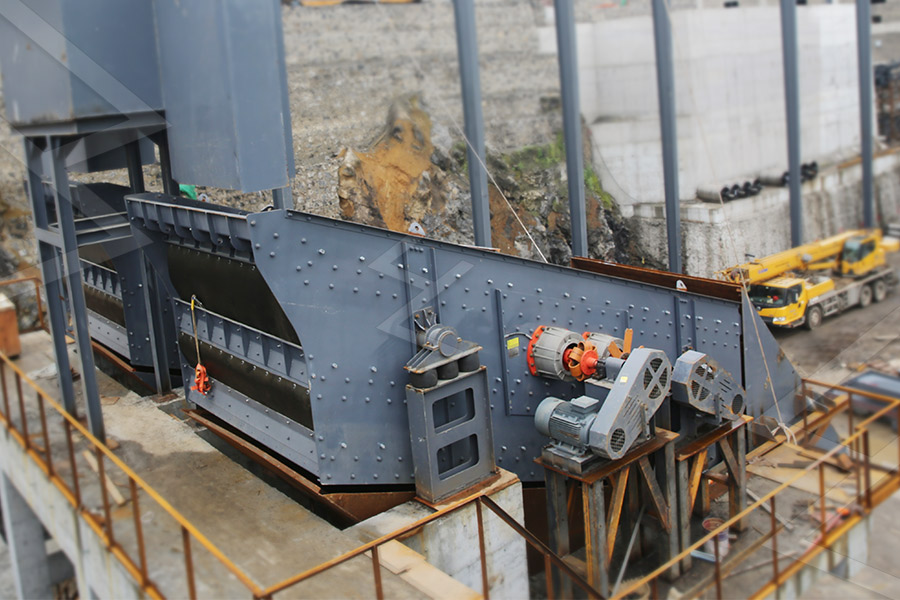
Oil Sands Extraction and Processing - NRCan
2022-2-7 · In-situ extraction methods are used to recover bitumen that lies too deep beneath the surface for mining (greater than 75 metres underground). Currently, 80% of oil sands reserves are accessible via in-situ techniques. Steam Assisted Gravity Drainage (SAGD) is currently the most widely used in-situ recovery method.
Read More

Molding Sand: Constituents, Types and Properties ...
2.1 Backing sand or floor sand. Backing sand or floor sand is used to back up the facing sand and is used to fill the whole volume of the molding flask. Backing sand is sometimes called black sand because of old, repeatedly used molding sand is black in color due to addition of coal dust and burning on coming in contact with the molten metal.
Read More

Sand Casting | Metal Casting Resources
Sand casting is one of the few available processes for metals with high melting temperatures such as steels, nickel, and titanium. Because of its flexibility, heat resistance, and relatively low cost, sand casting is the most widely used casting
Read More

Molding Sand: Types and Properties [PDF] - Learn
The facing sand is mainly backed up by the floor sand, for this reason, Floor sand is also known as Backing Sand. The floor sand is used to fill the whole molding flask by backing up the face sand. Floor sand is used by engineers, from very old times. It is used as the alternative of the coal dust to face the hot molten metal.
Read More

Heavy Media Separation Process
2016-5-22 · Sink and Float separation process. One of the first commercial applications of a medium to effect a sink-float separation used a fine silica sand suspension for treating anthracite coal and is known as the “Chance” process.
Read More

From sandy beach to Kaby Lake: How sand becomes
2016-8-25 · Normal sand and the sand used in the building industry is usually coloured red, yellow or orange due to the presence of impurities. What chipmakers need is silica sand, which you usually get from ...
Read More

How sand is made - material, manufacture, making, history ...
Specific types of sand are used in the manufacture of glass and as a molding material for metal casting. Other sand is used as an abrasive in sandblasting and to make sandpaper. Sand was used as early as 6000 B.C. to grind and polish stones to make sharpened tools and other objects. The stones were rubbed on a piece of wetted sandstone to hone ...
Read More

The Science of Charcoal: How Charcoal is Made and How ...
2014-8-21 · The process drives off a lot of combustible gases that are used to generate energy for running part of the plant. Talk about a green industry: Using the waste (sawdust) of a renewable energy source (trees), and using energy generated by the charring process to run part of the manufacturing operation. Once the char is cooked it is crushed.
Read More

How salt is made - material, used, processing, procedure ...
At this point the salt is about 99.4% pure and can be used for many industrial purposes. If purer salt is needed, it is rewashed in salt water and fresh water, allowed to drain for one or two days, then dried in a hot air oven at about 365°F
Read More
- << Previous:Emas Dan Berlian Prospeksi Mesin Afrika Selatan
- >> Next:Hematite And Magnetite Processing


